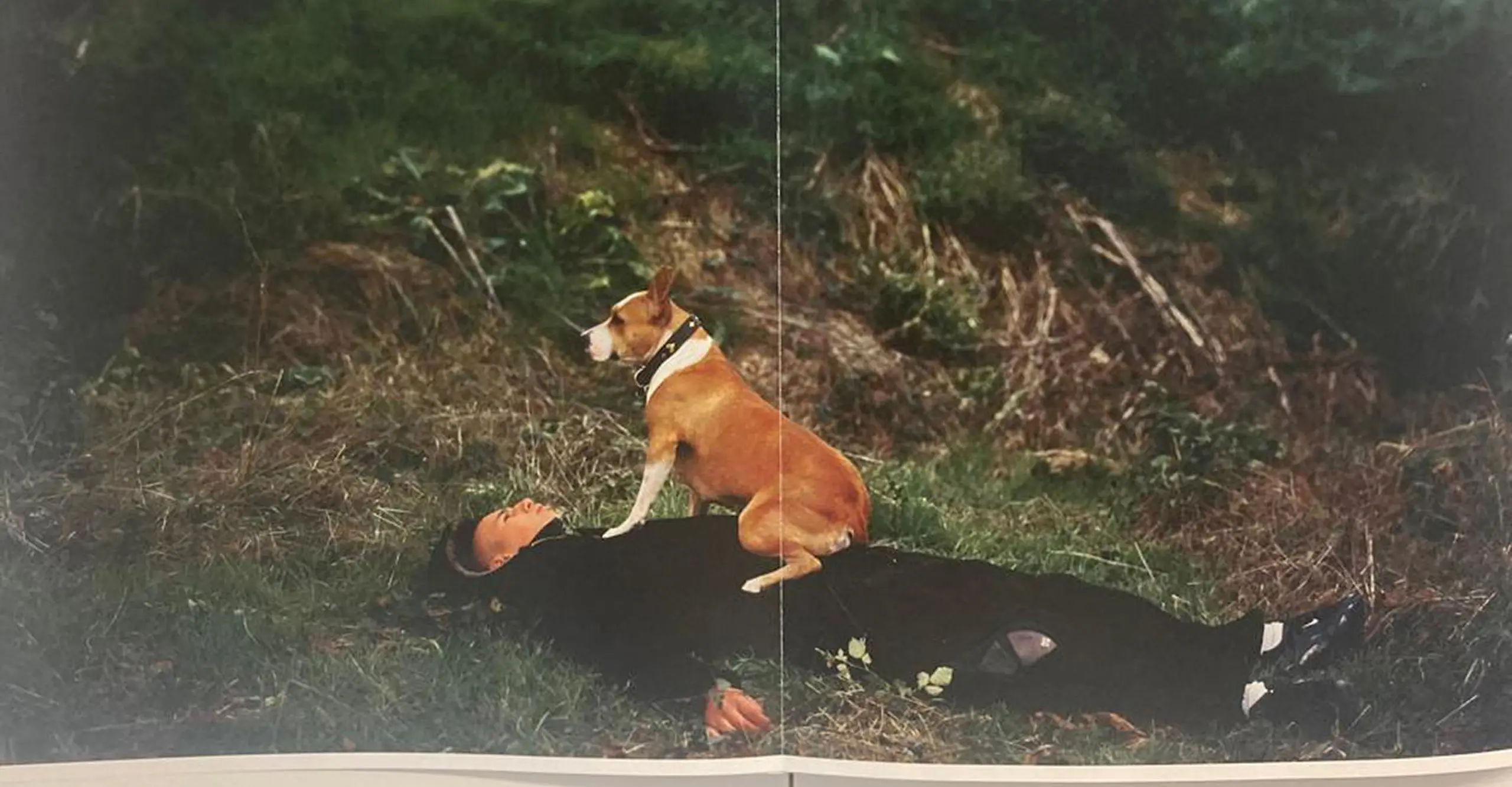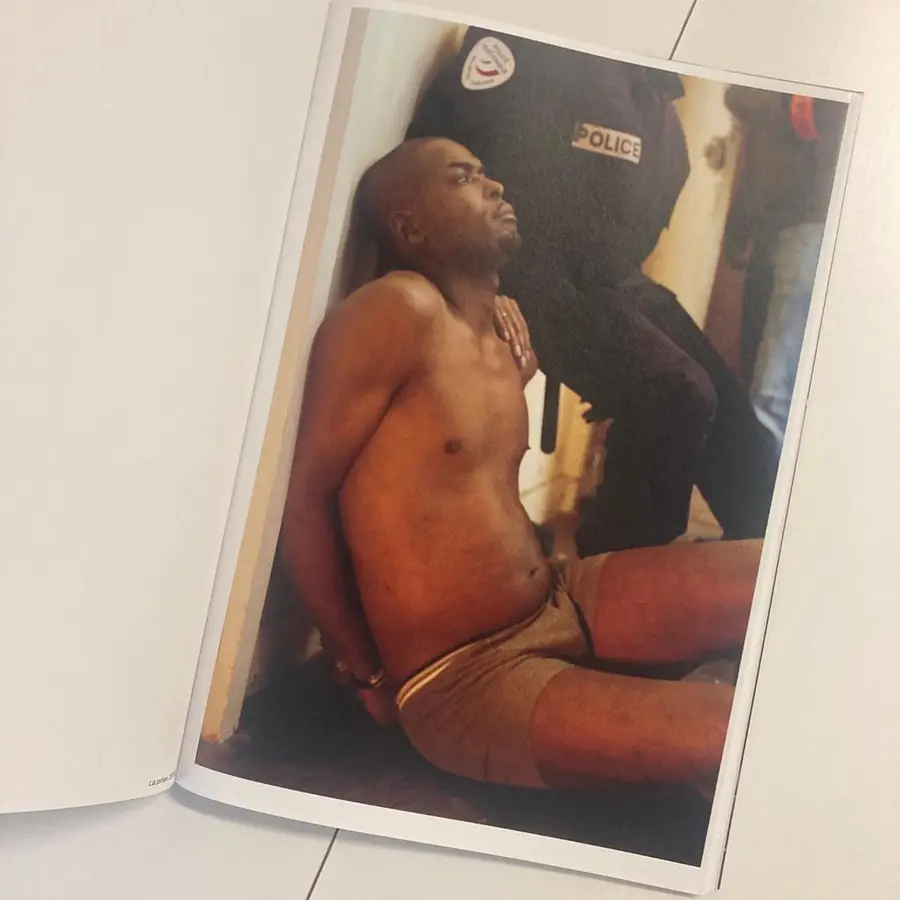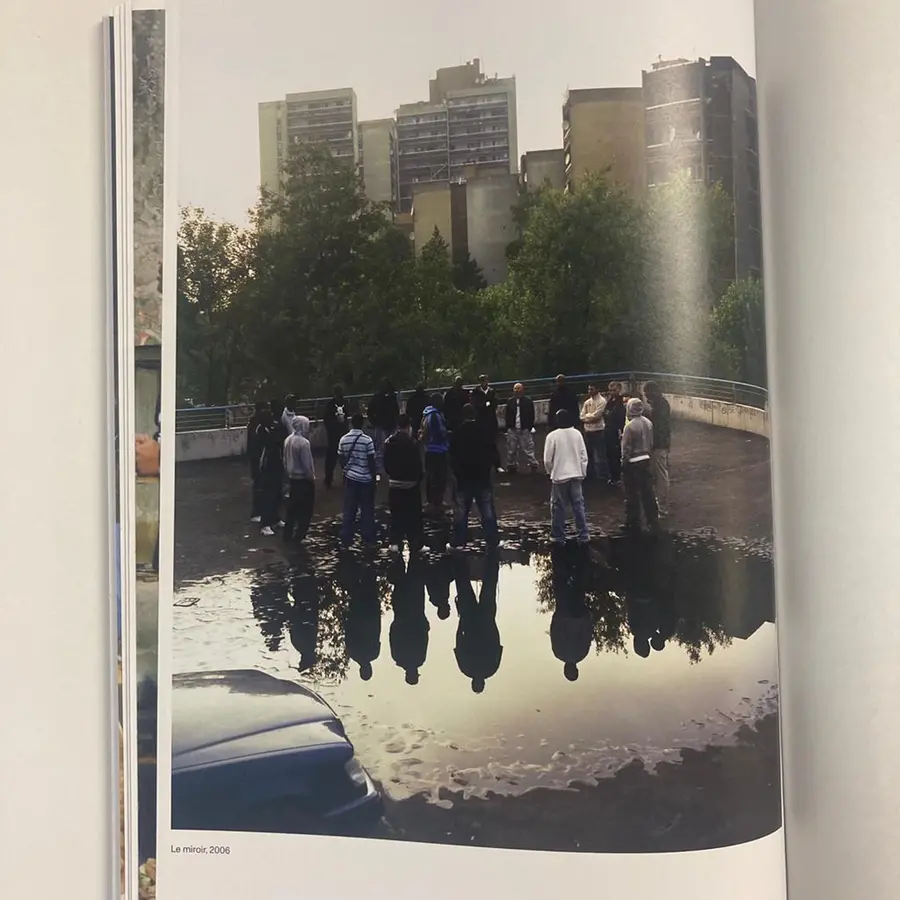Abiba Coulibaly reviews the photobook Périphérique by Mohamed Bourouissa.
Périphérique is the latest release by Mohamed Bourouissa, winner of the 2020 Deutsche Börse Photography Foundation Prize. The photobook details everyday life in the Parisian suburbs, where the Algerian-born artist moved aged 5. His work is inspired by African-American street photographers like Jamel Shabazz, but also by the compositions of classical French painters such as Delacroix and those of the Italian Renaissance. The book’s title, Périphérique, refers to the ring road that cuts a clean, divisive line between the suburbs of Paris and the inner city. Borouissa grew up in the former, but honed his craft, first as a student and more recently as a revered exhibitor, in the latter, meaning he occupies what photography historian Taous R. Dahmani describes as ‘a middle space between personal experience and reflective distance’.
Whilst suburbia may evoke images of affluence in the Anglophone sphere, in France it is quite the opposite, suggesting a neglected terrain where the failures of post-war housing and post-colonial migration meet. The French suburbs or banlieues are a location that have been embedded in the cultural imagination beyond France via films such as La Haine or more recently Girlhood and Les Misérables. However, Bourouissa’s chosen format of photography is nonetheless evocative and he still manages to assume the position of director; despite the naturalistic, unstaged appearance of his images he admits to employing a mix of direction and improvisation.
Amongst the many images conjured by the banlieue is that of the large presence of first and second generation men who have been pathologised by France’s right-wing press and politicians. These men are Bourouissa’s principal subjects, and he portrays them with an acute tactlessness and camaraderie. There is a palpable intimacy, even in pictures detailing more aggressive themes such as one depicting a man crouched nose-to-nose with his Rottweiler, or another showing the hand of a police officer resting on the shoulder of a bare-chested man. Notable also, is the book's insertion of more photos featuring women than in previous displays of the series, a welcome inclusion of a demographic that often find themselves absent in portrayals of the location. In a standout image, La main, these elements of masculinity, intimacy and feminine presence combine, with impeccable use made of the book's fold-out format, which allows a new image and interpretation to be revealed as the extended page is unfurled.
While Bourouissa is assiduous in his attention to people, the surrounding landscape does not go ignored. Périphérique offers a considered exploration of how the inhabitants and buildings of the banlieue, both highly politicised in France, interact with each other, capturing the built environment in woozy, fluorescent-lit nocturnal scenes and bleaker wide-shots by day. Bourouissa provides a subtle social commentary, as tucked between these images of tower blocks and wastelands are glimpses of La Defense, Paris’ imposing, metallic financial district, a nearby sight which also taunts the inhabitants of Courbevoie where he grew up, and where many of the photos were taken.
My personal favourite, Le mirror, is a stunning combination of these two subjects; a group of men form a circle in a parking lot, a spectacle that is both eerie and ceremonial. Their shadows are fixed onto a soapy puddle on the concrete beneath them, forming a perfectly symmetrical mirror-image, reflecting the inextricable ties between man and environment that the book observes so well.
- Abiba Coulibaly


